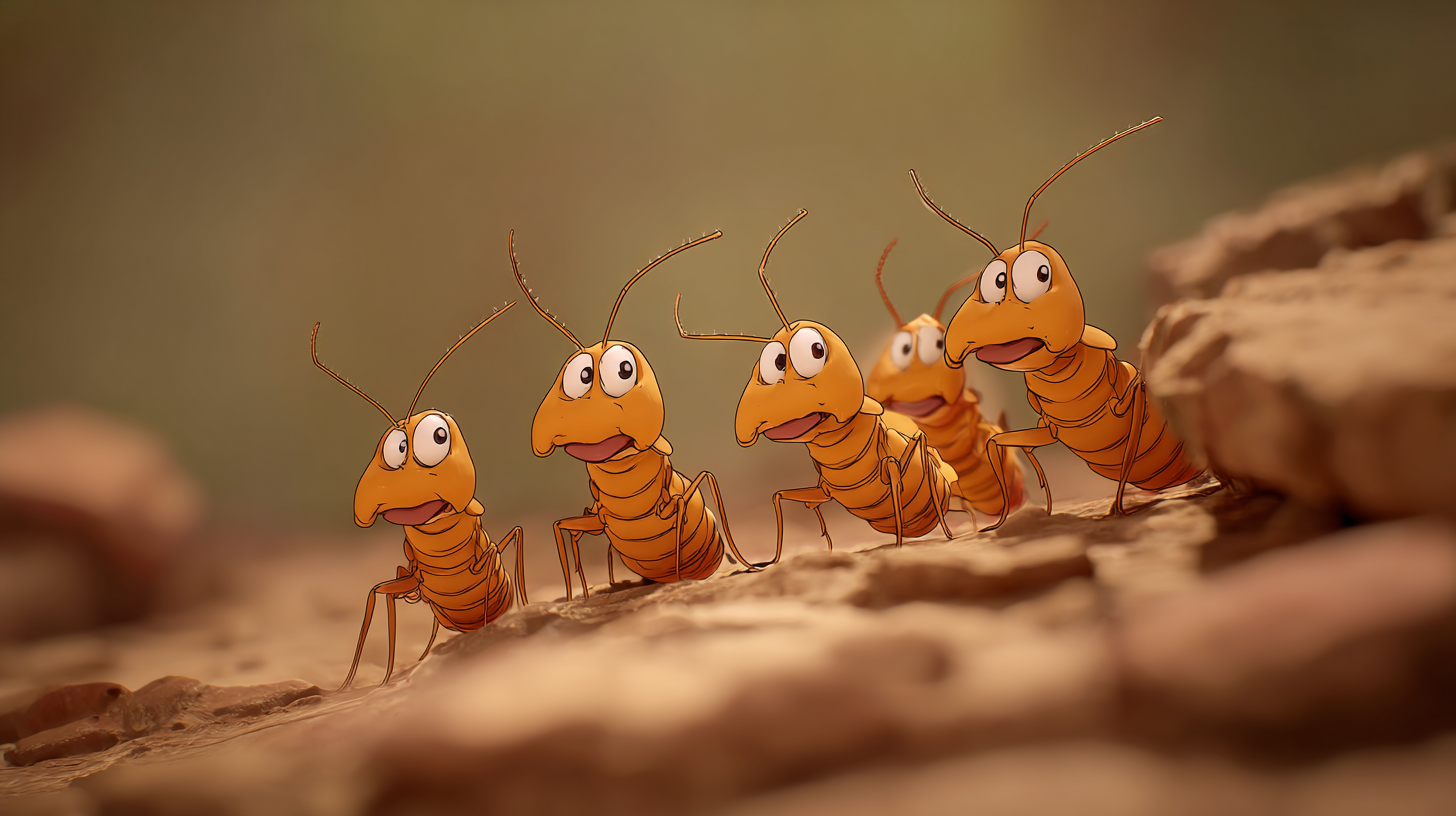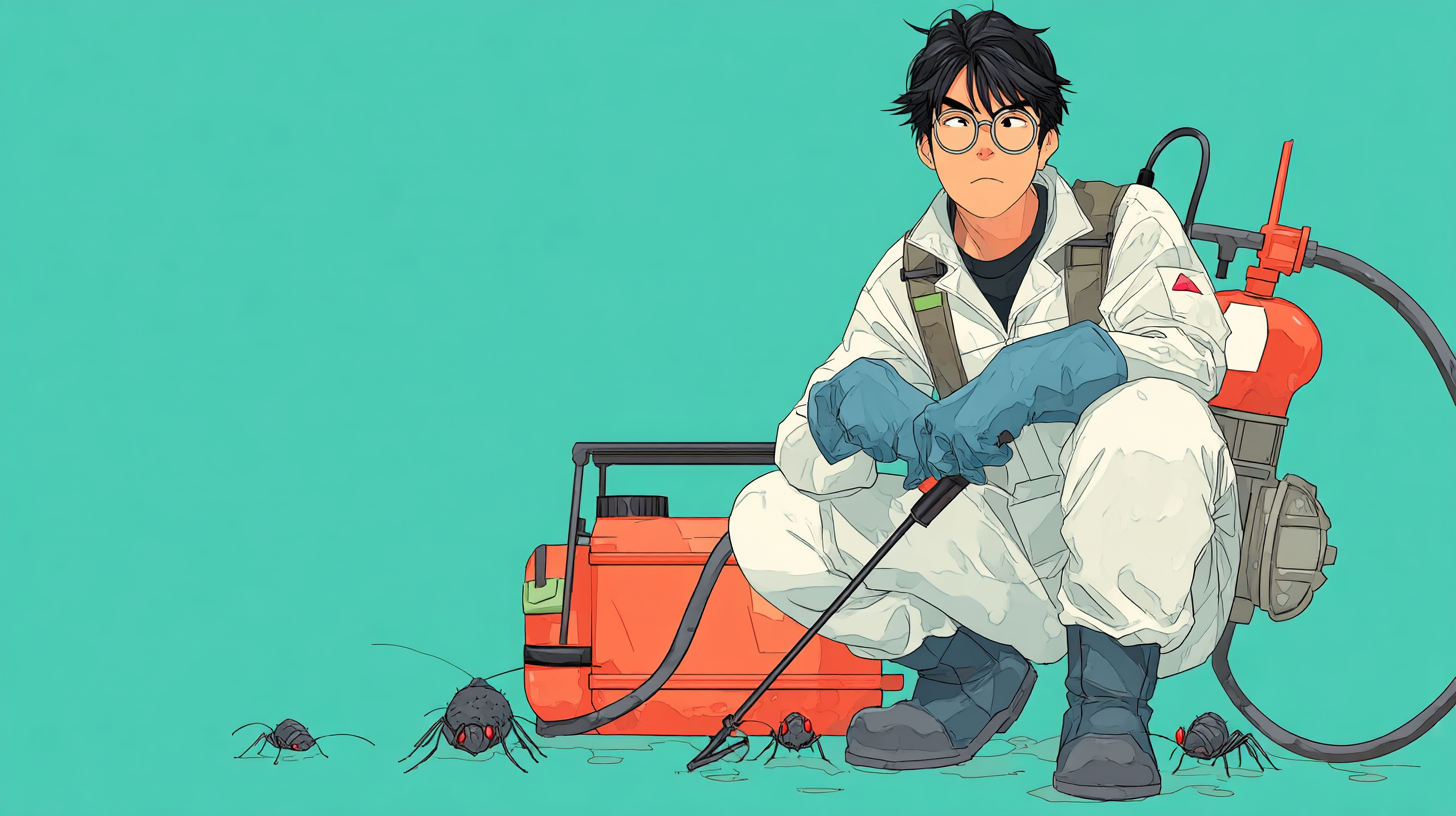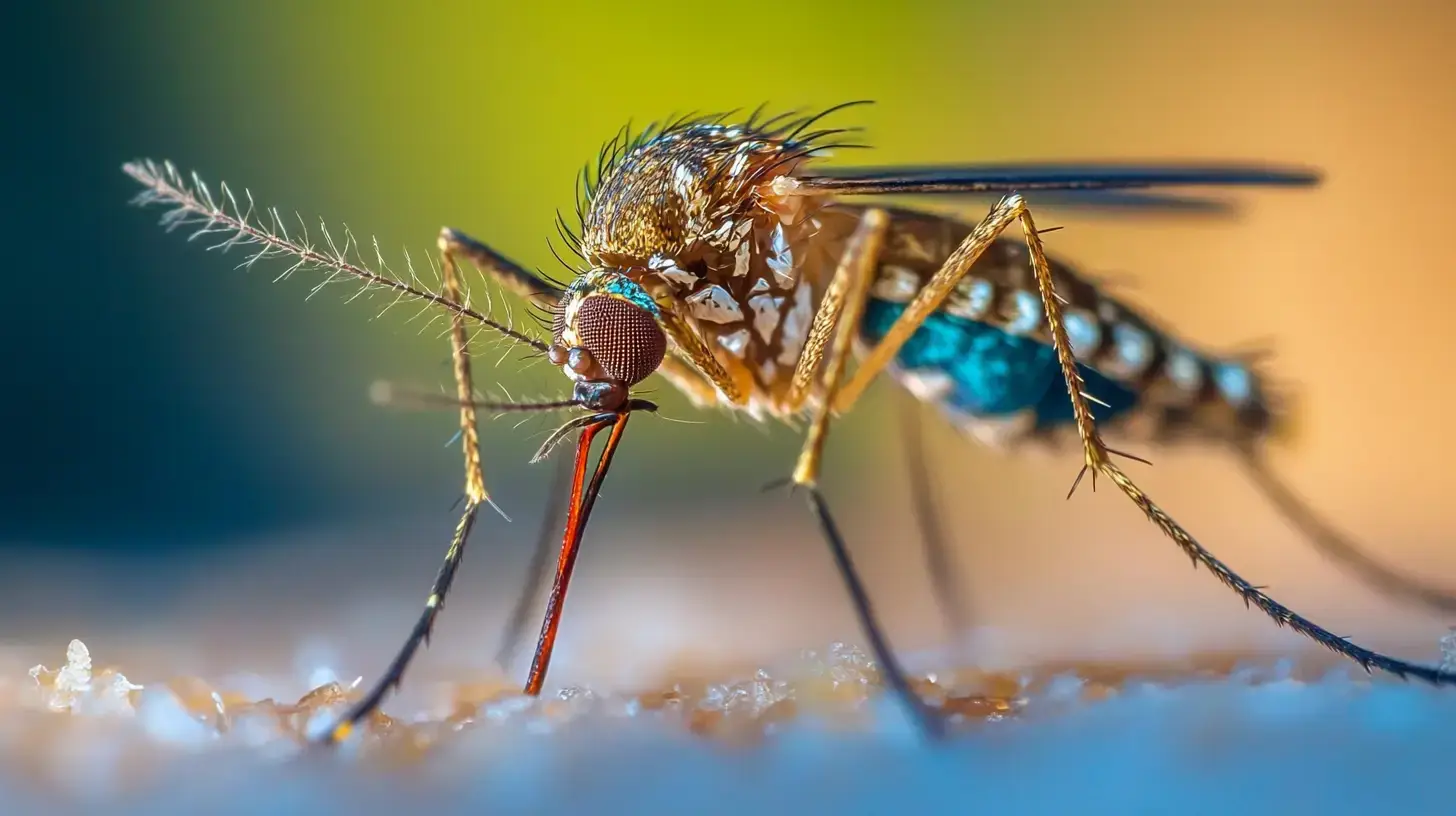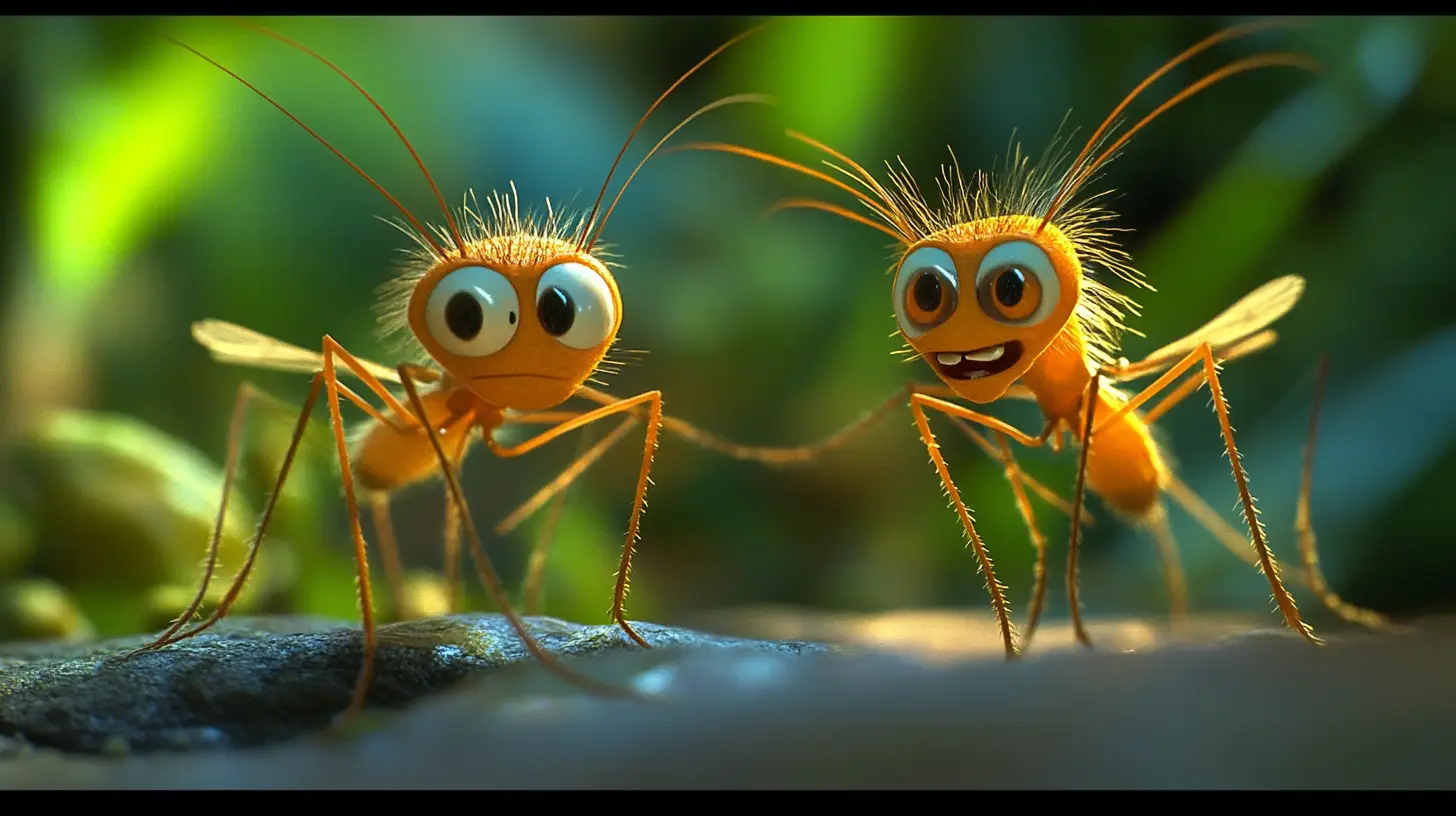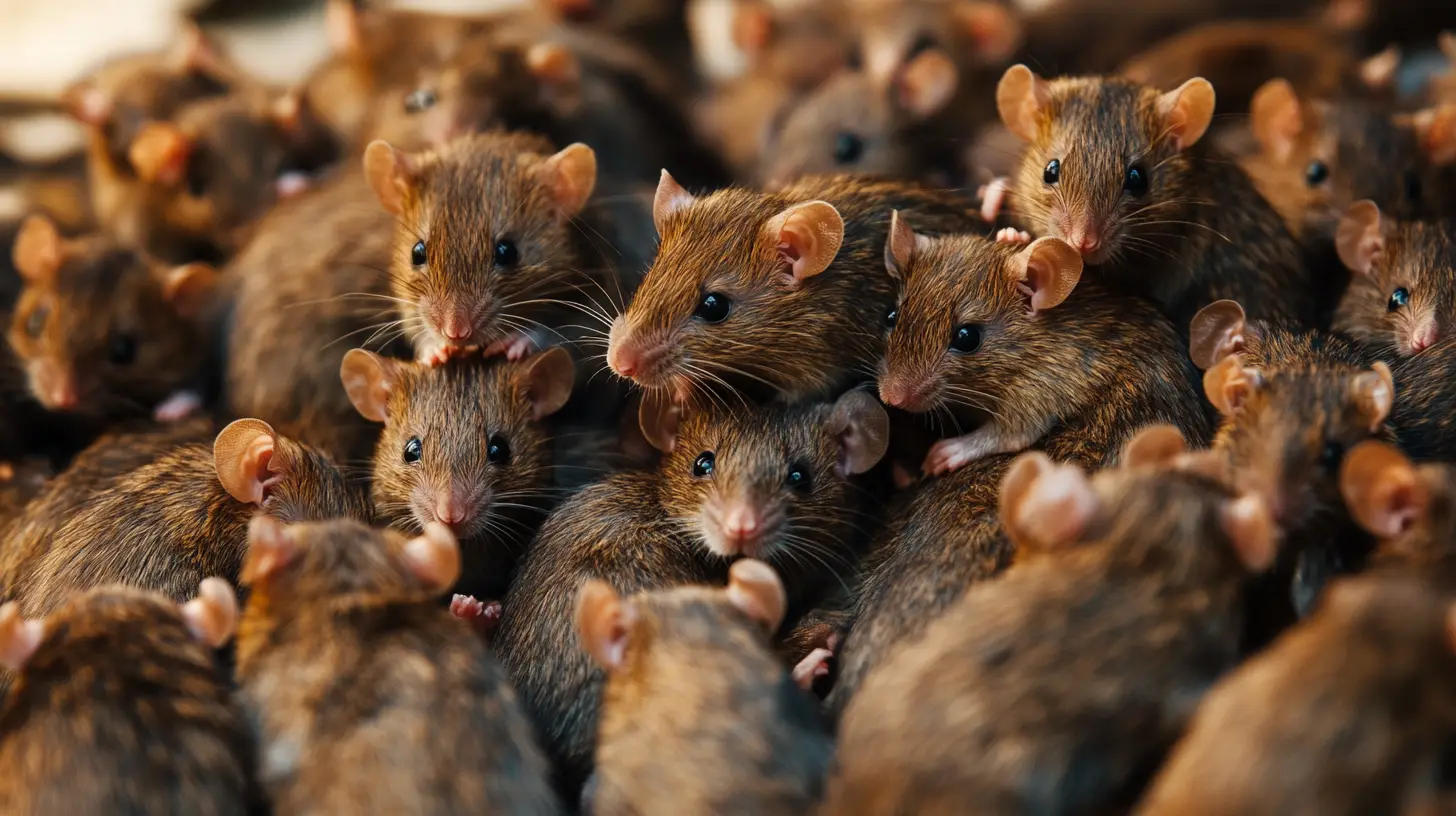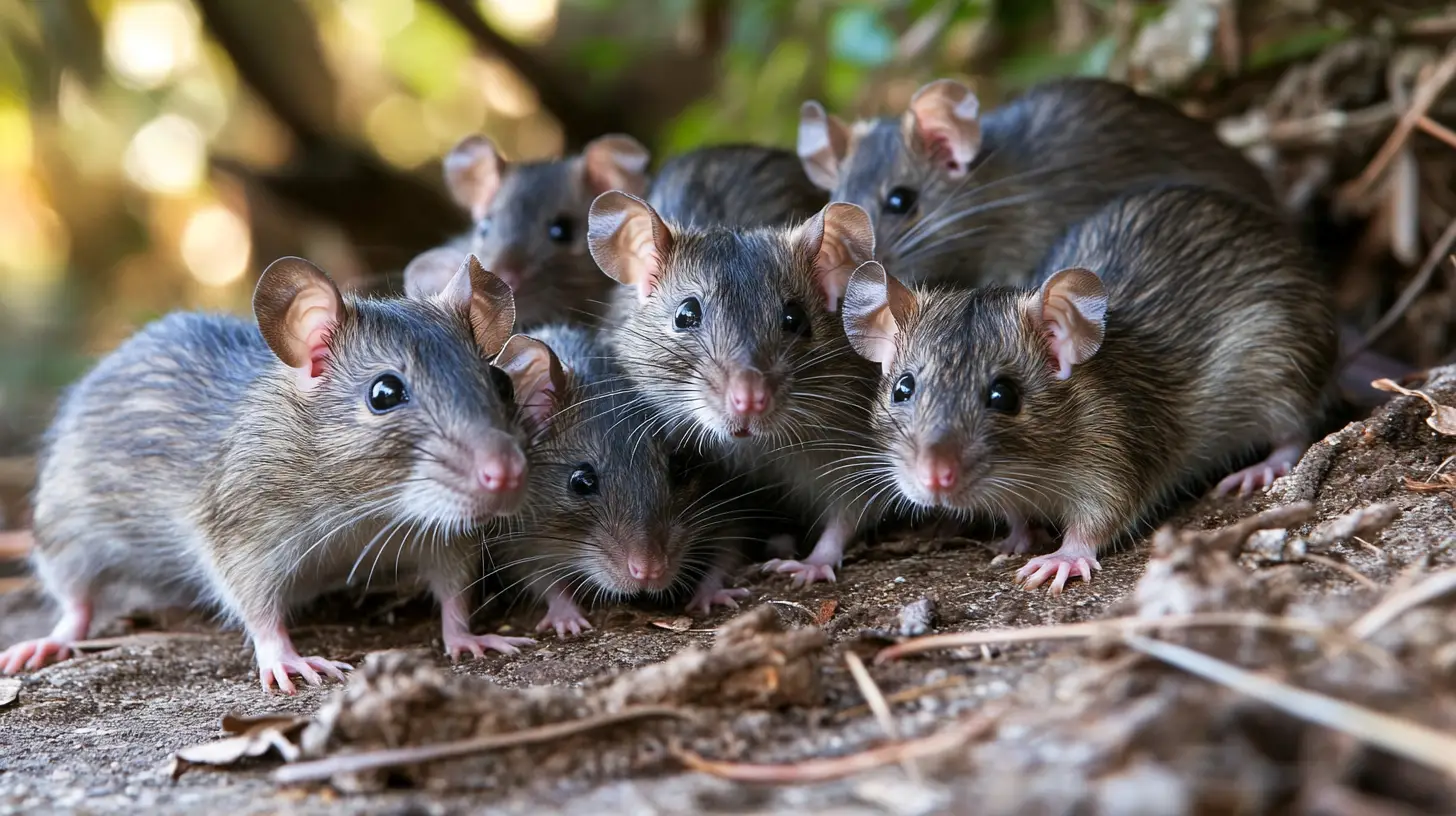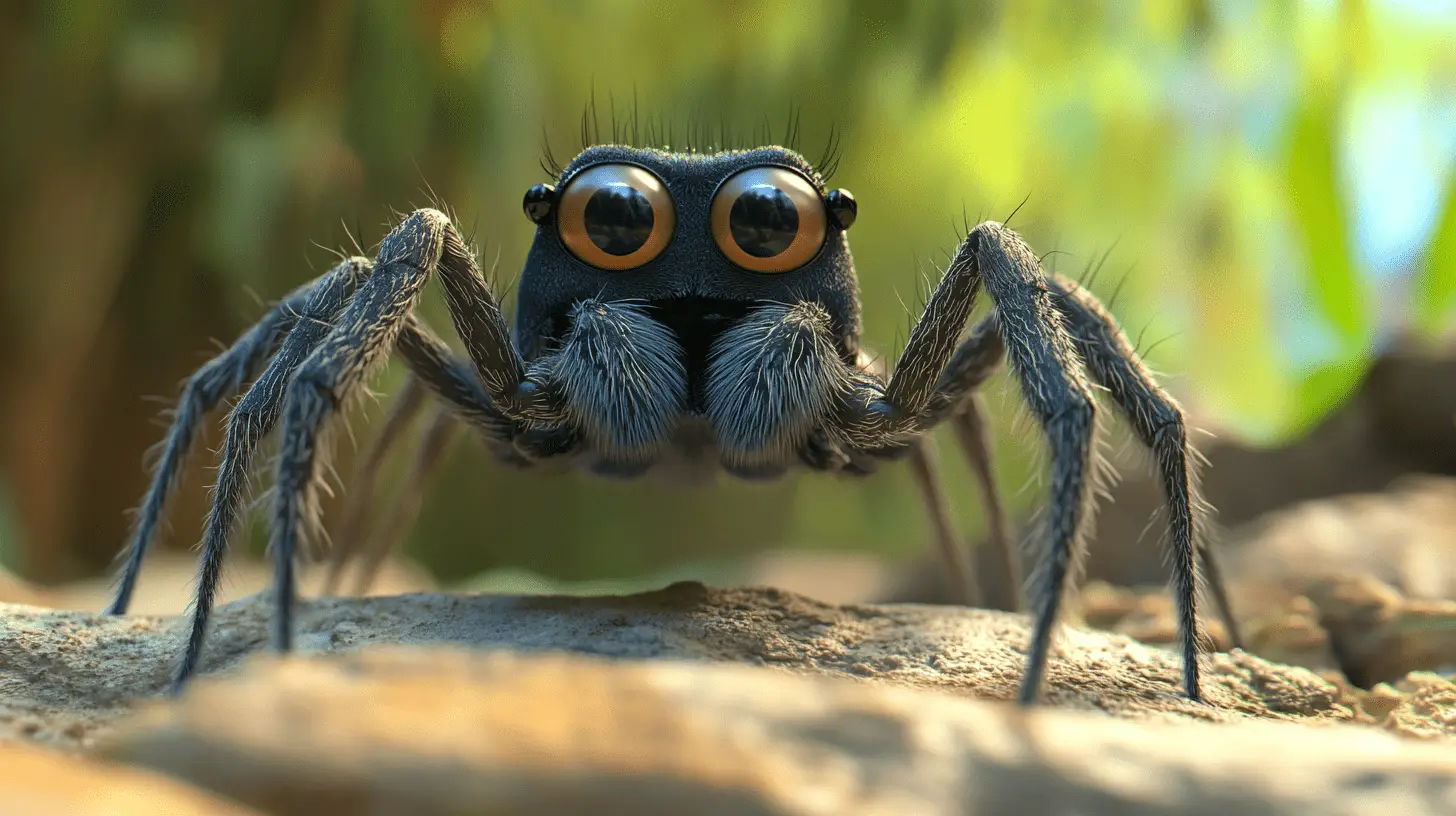
Table of Contents
If you’re dealing with mites in Sarasota, you’re not alone. Florida’s warm, humid climate provides the perfect environment for various mite species to thrive, including dust mites, chigger mites, spider mites, and bird mites. Each type of mite presents its own set of challenges, whether it’s causing allergies, damaging plants, or infesting your home. Understanding the specific mites you’re dealing with is key to effective control and prevention.
Dust mites, for example, are nearly invisible to the naked eye, yet they are a common source of indoor allergies, thriving in bedding, furniture, and carpets. Meanwhile, chigger mites, often found in grassy areas, can leave behind itchy, red welts after biting. If you’re a gardener, you might have encountered spider mites, which feed on plant leaves, causing yellow or brown spots and weakening your plants.
The good news is that there are effective ways to get rid of mites in Sarasota. Whether you’re trying to reduce indoor allergens, protect your garden, or prevent mites from infesting your home, this post will guide you through practical and effective strategies. From maintaining a clean, dry environment to targeting outdoor areas where mites thrive, we’ll cover everything you need to know to keep mites at bay and create a healthier living space for your family.
Key Takeaways
- Mites, particularly broad and spider mites, are common in southern Florida, and can cause significant crop damage.
- Different types of mites found in Florida also includes clover mites, rust mites, straw itch mites, and rodent mites, each having a unique set of characteristics.
- Early identification of mites is the first step towards successful mite management, signs may include distorted plant tissues, thickened leaves, stunted growth, tissue collapse and chlorotic spots.
- Proper practices to prevent mite infestations include maintaining regular cleaning, controlling humidity levels, and employing natural mite control methods like introducing predators or using summer petroleum oil spray.
Understanding the Florida Mite
If you’re dealing with pests in your Florida home or garden, it’s helpful to know the enemy. One such group you might encounter are mites, which can cause significant damage if left unchecked. Armed with knowledge, you can take clear steps towards mite control.
What are Mites?
Mites are tiny arachnids, close relatives of ticks and spiders. They are slightly smaller than the head of a pin, typically between 0.75 and 0.85 mm in length with oval bodies and featherlike plates on their abdomens. They can range in color from bright reddish to reddish-brown.
Spider Mite Identification
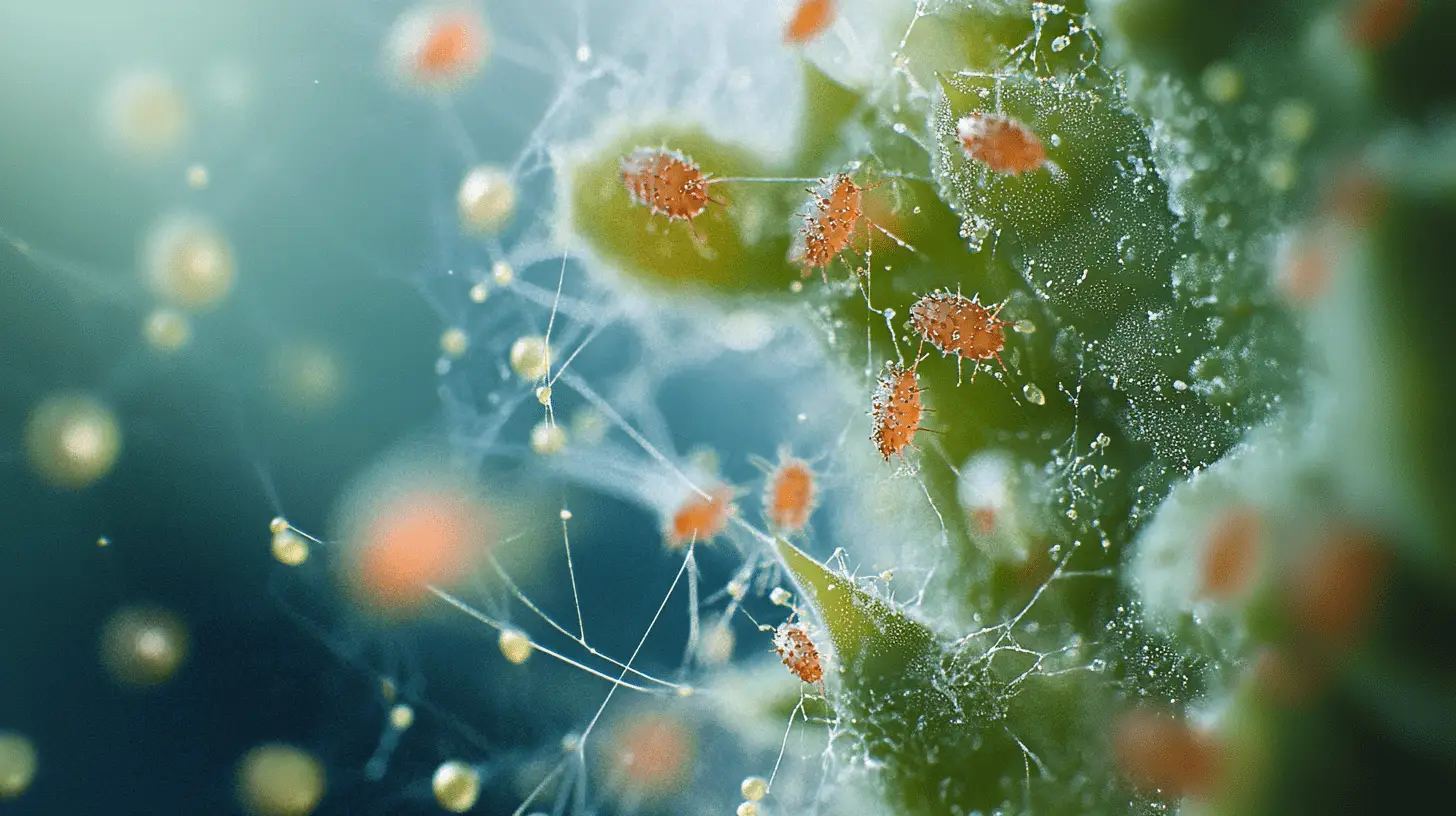
Based on the search results, here are key points for identifying spider mites:
Physical Characteristics
- Tiny size: Adults are about 0.5mm long, barely visible to the naked eye
- Oval-shaped body with eight legs
- Two pronounced black spots on either side of the body (in two-spotted spider mites)
- Color varies: pale green, greenish amber, yellowish-green, or reddish-orange
- Eggs are small, clear spheres
Signs of Infestation
- Silk webbing on infested leaves, especially on undersides
- Stippling: tiny white or yellow spots on leaves where mites have fed
- Pale or yellowed leaves, appearing as if they need fertilizer
- Bronzing or browning of leaves
- Dusty or gritty feeling on leaf surfaces
- Webbing on new growth and between leaves (in severe infestations)
Damage Patterns
- Damage usually starts on lower leaves and spreads upwards
- Infected leaves may wilt and die
- Heavy infestations can lead to leaf drop and plant death
Identification Methods
- Use a 10x hand lens to examine leaves, especially undersides
- Shake leaves onto white paper to see mites moving
- Look for stippling, bronzing, or webbing on leaves
- Check for dusty or gritty feeling on leaf surfaces
Habitat and Behavior
- More prevalent during hot and dry months
- Prefer low relative humidity (30% to 60%) and temperatures between 55°F and 98°F
- Often found in “hot-spots” or smaller highly infected areas within a field
Remember that accurate identification may require microscopic examination, especially to differentiate between spider mite species.
Types of Mites Found in Florida
Florida hosts several types of mites. Asides from broad mites and spider mites which are more common pests on crops, others include clover mites, rust mites, straw itch mites, and rodent mites – each with a unique set of characteristics and effects:
- Clover mites often invade structures from perimeter infestations or from crawl spaces or attics.
- Straw itch mites affect humans, causing dermatitis within 24 hours of bites usually located on clothed portions of the body.
- Rodent mites are external parasites of rats and house mice but they will also feed on humans, causing severe irritation and dermatitis.
Signs of Mite Infestation in Florida
Identifying mite infestation early is key to control. Typically, mites cause observable effects on plants such as the distortion of plant tissues. In crops, broad mites can lead to thickened leaves and stunted growth, while spider mites, which feed underneath leaves, cause tissue collapse and chlorotic spots. In households and business centers, clover mites often leave visible trails. More severe infestations can also lead to significant property damage which could be costly to remedy.
Understanding these signs and types of mites in Florida will set you on the right path to protecting your home, garden, or farm from these tiny yet disruptive pests.
Preventing Mite Infestations in Your Florida Home
With numerous types of mites in Florida, ensuring your home remains free from these nuisance pests requires targeted efforts. Emptying your garden or home of mites entails understanding their life cycles, habitats, and food sources. You can take action to regulate the mite population and minimize the chance of infestation by carry outing regular cleaning practices, maintaining proper humidity levels, and utilizing natural mite control methods.
Regular Cleaning Practices
One of the most critical steps to prevent mites’ spreading is to maintain a clean environment. Mites, particularly clover mites, are known to invade homes and businesses both indoors and outdoors, often mistaken for ants due to their red color and tiny size. They are barely visible – slightly smaller than the head of a pin, typically between 0.75 and 0.85 mm in length.
A good cleaning routine involves vacuuming regularly to lift any mites and remove their potential food sources. Also, frequent dusting aids in keeping mite populations under control. Essential parts to clean include not only floors, but also walls, siding, doors, windows, curtains, and furniture which mites find particularly attractive.
Maintaining Proper Humidity Levels
Humidity plays a key role in the survival of mites. High humidity levels make your home a suitable environment for mites to thrive. Keeping your home’s humidity at a lower level can discourage mite infestations.
In Florida’s humid climate, use air conditioners or dehumidifiers to reduce the indoor moisture level. House plants enrich your home’s aesthetics, but overwatered plants can raise humidity levels, making it a conducive environment for mites. It’s vital to strike a balance between watering your plants adequately and not creating favorable conditions for mites.
Natural Ways to Control Mites
Alongside regular cleaning and maintaining proper humidity, you can employ natural means to keep mite infestations at bay. Introducing predators like lady beetles into your garden can manage rust mites.
Remember, specific chemical treatments can cause mite populations to flare. Hence, consider natural alternatives wherever possible. For instance, you can use summer petroleum oil spray in place of copper for greasy spot control, reducing the need for a later miticide treatment.
Take note: early and accurate identification of mites is the first step toward successful mite management. Light webbing under and around foliage is a clear sign of the presence of spider mites. If suspected, a simple test can be carried out by tapping a few suspected leaves over a piece of white paper and looking for mites with a magnifying lens.
Stay equipped with this knowledge when considering hiring professional mite control services in Florida. With the right service by your side, you’ll be waving goodbye to these nuisance pests sooner than you think.
Frequently Asked Questions
What kills mites instantly in my house?
For newer and smaller mite infestations, you can try using Cedarcide Original as a spray. However, for larger issues, fogging is often the quicker and more cost-effective solution.
How do I get rid of mites in Florida?
One effective method of eliminating mites includes steam cleaning or washing affected items in hot water. Use a steam cleaner for heat-treated carpeting, furniture, or bedding. Additionally, wash your clothes and other fabrics in hot water and dry clean them at a high temperature.
What is a natural repellent for mites?
Several oils, such as peppermint, neem, and rosemary, can act as a natural repellent for mites and are safe for humans. Mix a tablespoon of liquid peppermint soap, with a teaspoon each of neem oil and rosemary essential oil in a water-filled spray bottle.
Can I see mites crawling on me?
Mites are usually invisible, and their bites may go unfelt. However, they may leave itchy red marks resembling skin rashes. While mite populations can explode resulting in multiple bites, they cannot live on humans and are not known to transmit diseases.
What attracts mites to humans?
Mites are attracted to the carbon dioxide that we exhale, as well as body heat and use these to find their hosts. They are usually found in rooms with higher concentrations of carbon dioxide like kitchens, family rooms, bedrooms, and workspaces. They cannot jump or fly; they crawl to move.

